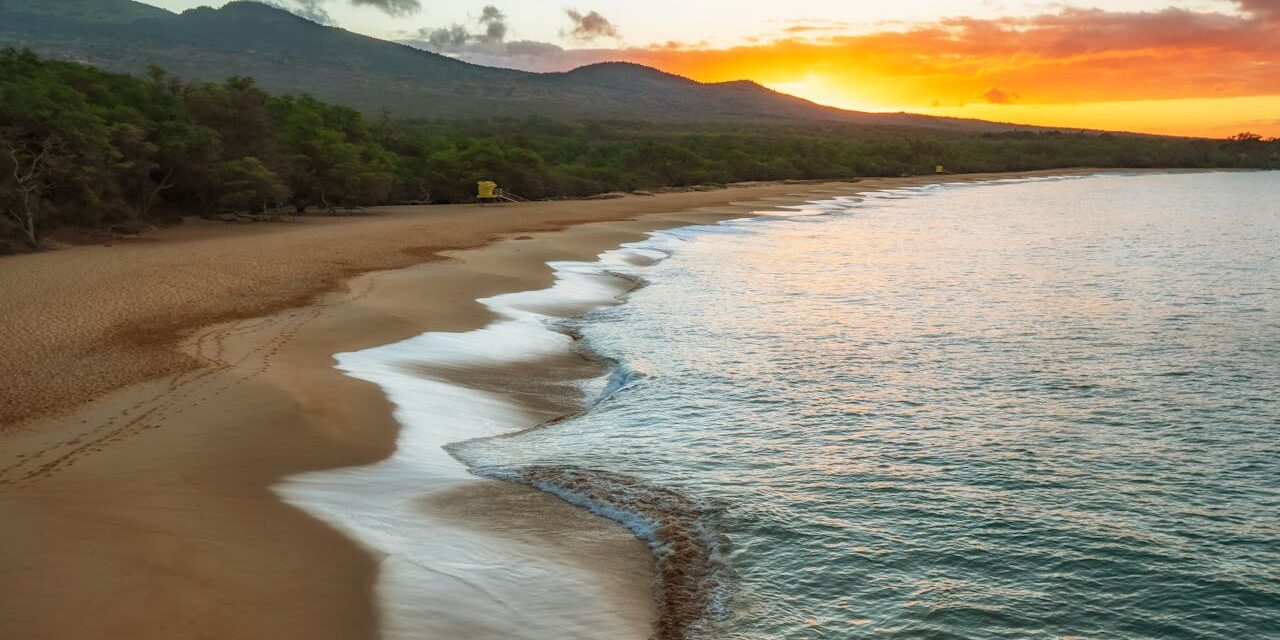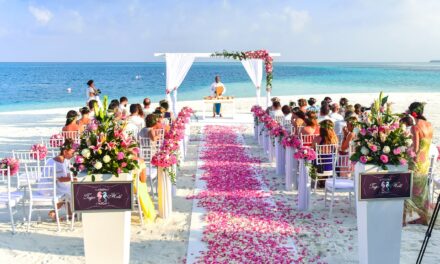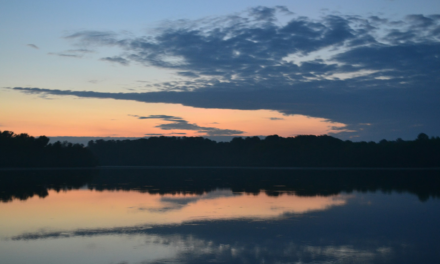Maui – this magic isle is probably the crowning jewel of the beautiful Hawaiian archipelago.
Maui is not just a land of enchanting scenic beauty, lush tropical forests, cascading waterfalls, golden sun-kissed sea beaches, emerald waters and views to die for. It also has a rich and varied history that is as fascinating as the world renowned, breathtaking landscapes it has to offer tourists.
Maui is the second-largest of the stunning Hawaiian Islands and is a favorite with the world because of its impeccable beauty. Maui’s enchanting island was discovered by a Polynesian navigator, who named it Maui, after his son.
Table of Contents
Early History
The earliest settlers in Maui were of Polynesian origin and established Maui’s traditional culture, including the hereditary class system, economy, kapu system, religion, land tenure, and language. The Polynesians settled on this island prior to A.D. 450.
Different rulers ruled the three different territories of Maui – east Maui or Hana, east Maui or Lele and west Maui or Wailuku until the 1400s. A royal marriage in the 1550s unified the different territories of Maui and this joint royal family ruled over unified Maui, ensuring prosperity and peace.
Some shipwrecked Spanish-origin people were the first foreigners to set foot on Maui, but after intermarriage with the locals, they settled there to raise their families.
18th Century
Captain James Cook was the first European explorer to discover this magical island in 1778, but the first European explorer to set foot on this island was Jean Francois de Galaup, a French admiral who landed on the shores of La Perouse Bay in 1786.
The arrival of Simon Metcalf, an American trader, led to a bloody carnage over a stolen boat and a guard’s killing and resulted in the infamous Kalolopahu massacre where Metcalf’s men murdered 100 Hawaiians and injured 150 more inhabitants. Chief Kame’eiamoku took revenge by killing the entire crew on Metcalf’s son’s ship, except John Young and Isaac Davis.
King Kamehameha I, with the help of John Young and Isaac Davis, launched the bloody battle of Kepaniwai in 1790 and defeated the Wailuku prince Kalanikupule. But it took the action of Nu’uanu, Oahu in 1794 for Kamehameha to gain full control over the island of Maui after defeating the prince’s army a second time.
19th Century
After King Kamehameha died in 1819, the king’s son and Queen Ka’ahumanu became the joint rulers of this tropical paradise. The latter’s challenge to the established culture and norms of Maui led to the public’s loss of confidence in the island’s social system and religion.
Several Christian missionaries arrived and worked in Maui or opened formal missionaries. Some served as advisors to the kings; others took up the jobs of recording the history of Hawaii, and teaching writing and reading to the islanders and creating the 12 letter unique Hawaiian alphabet system. They are also credited with opening the first school. At least two queens converted themselves to Christianity.
Maui…Now
With a history steeped with unique culture, along with natural beauty, Maui has become one of the world’s most sought after destinations.
While visiting Maui, be sure to take advantage of the many historic landmarks and locations throughout the island to appreciate its heritage, culture, and people truly.





